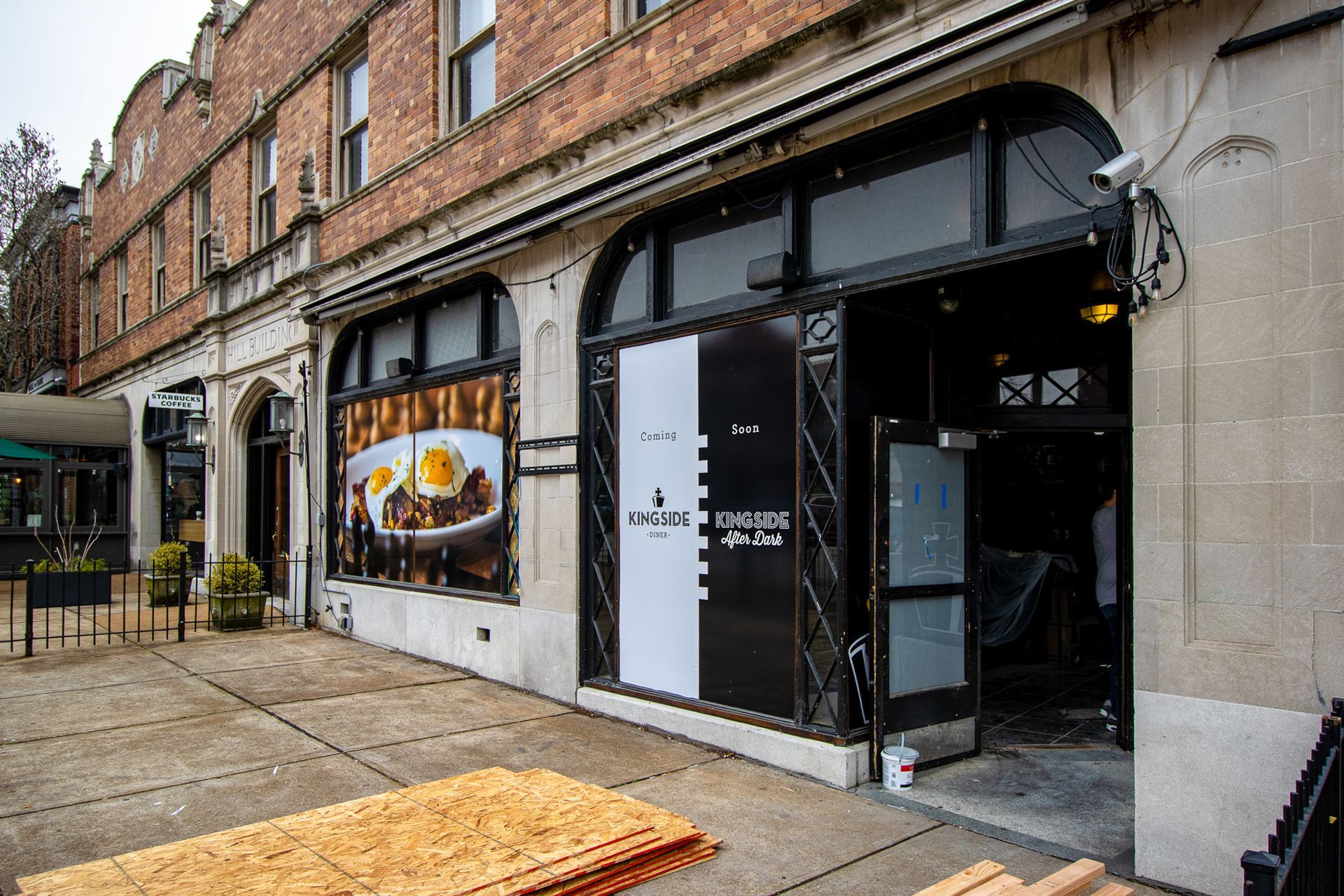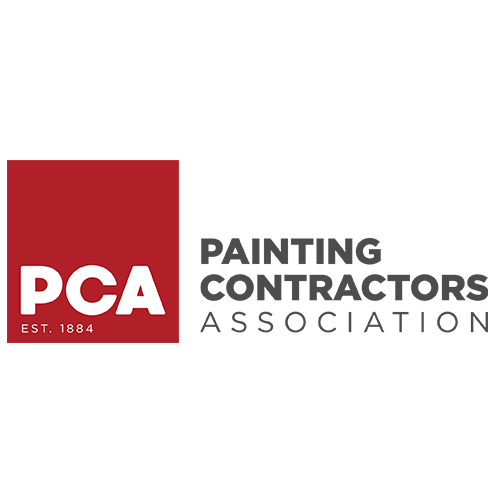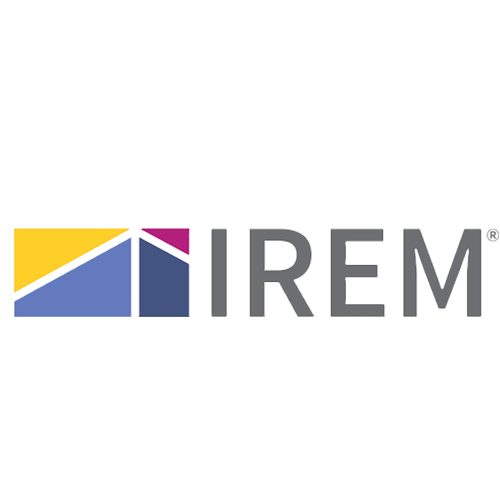A new-build project represents a clean slate for commercial painting. Blank walls are like open canvases, ready to receive the aesthetics and function of the building.
However, new-build projects also require a different level of planning and execution from other types of jobs.
Let's discuss some tips for painting new-build projects that can help your team succeed in these projects and beyond.
Collaborate Early with the Construction Team
Successful commercial painting on a new build starts well before the first drop of paint hits the wall.
Early collaboration with the general contractor, project managers, and other subcontractors helps you understand the construction schedule and where painting fits into the timeline.
It's also important to know what other trades will be working in the same spaces so you can avoid conflicts, prevent rework, and ensure efficient site access for your team.
Being involved in early planning meetings and maintaining regular communication helps everything run smoother and builds trust with project stakeholders.
Choose the Right Paint for the Environment
New commercial buildings often have various spaces, each with different functions and paint requirements.
For example, high-traffic hallways and restrooms may need more durable, scrubbable finishes, while office areas might benefit from low-sheen or matte paints that minimize glare.
Specific environments—like medical offices, schools, or kitchens—may require antimicrobial coatings or paints that meet specific code requirements.
Understanding the building's purpose and recommending the right products shows your professionalism and helps clients get the best long-term results.

Prioritize Surface Preparation
With new builds, it's easy to assume surfaces are "ready" to paint, but proper preparation is still essential.
New drywall may need sanding, patching, and priming. Concrete or masonry surfaces may require curing time or special surface treatment to remove dust, oils, or residue.
Skipping steps in surface prep often leads to adhesion problems, uneven finishes, or peeling paint later on. Your team should have the tools and knowledge to properly clean, repair, and prep all surfaces before starting the painting process.
Plan for Priming and Sealing
Priming new surfaces is not optional—it's crucial to ensuring that topcoats adhere properly and look professional.
Different surfaces need different primers. Drywall typically requires a PVA primer to seal pores and reduce paint absorption, while concrete might need a specialized masonry primer.
Sometimes, you may need to apply a sealer coat to prevent stains from bleeding or to help balance surface porosity. A well-primed surface allows for better coverage with fewer coats and extends the life of the final finish.
Account for Environmental Conditions
Temperature, humidity, and ventilation at new construction sites can be unpredictable—all factors that influence how paint dries and performs.
Paint applied in cold or humid conditions may not cure properly, causing bubbling, cracking, or discoloration.
It's essential to monitor environmental conditions before and during application. Using products appropriate for job site conditions and allowing adequate drying time between coats helps ensure a flawless finish and fewer callbacks.
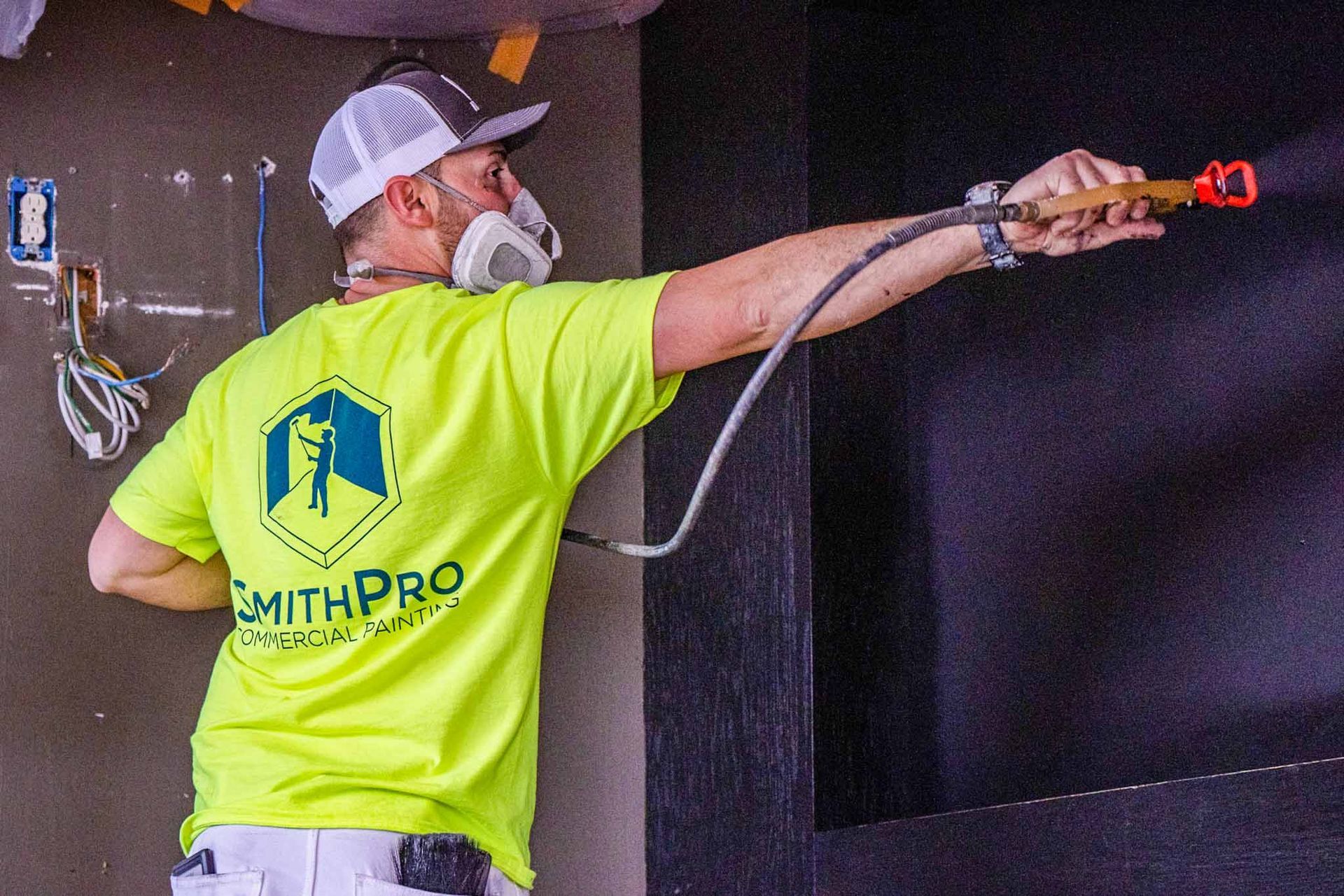
Keep Safety and Compliance in Mind
New-build sites are often busy, high-risk environments with strict safety protocols.
Your team should be trained to comply with OSHA standards and the general contractor's safety policies. To avoid job site hazards, your team should use ladders, lifts, and personal protective equipment correctly and store materials in designated areas.
Additionally, many commercial clients are looking for eco-friendly solutions. When appropriate, using low-VOC or zero-VOC paints can help meet green building standards and reduce indoor air quality concerns for future occupants.
Build in Time for Quality Control and Touch-Ups
Even with excellent planning and execution, punch lists and touch-ups are inevitable in new construction.
Instead of rushing through the final stages, build time into your schedule for a careful walkthrough and quality control check.
Look for thin spots, roller marks, edge bleeding, or imperfections that could distract from a clean finish. Being proactive with touch-ups satisfies the client and shows your commitment to delivering polished, professional work.
Leave a Lasting Impression with Professional Finishes
Your work will be one of the most visible elements of the finished building.
Sharp cut lines, consistent sheen, and clean application make a massive difference in how a space feels. Your attention to detail leaves a lasting impression—not just on the client, but also on other contractors and future decision-makers who walk through the space.
When your final product reflects quality and care, it's more likely to lead to word-of-mouth referrals and future project opportunities.
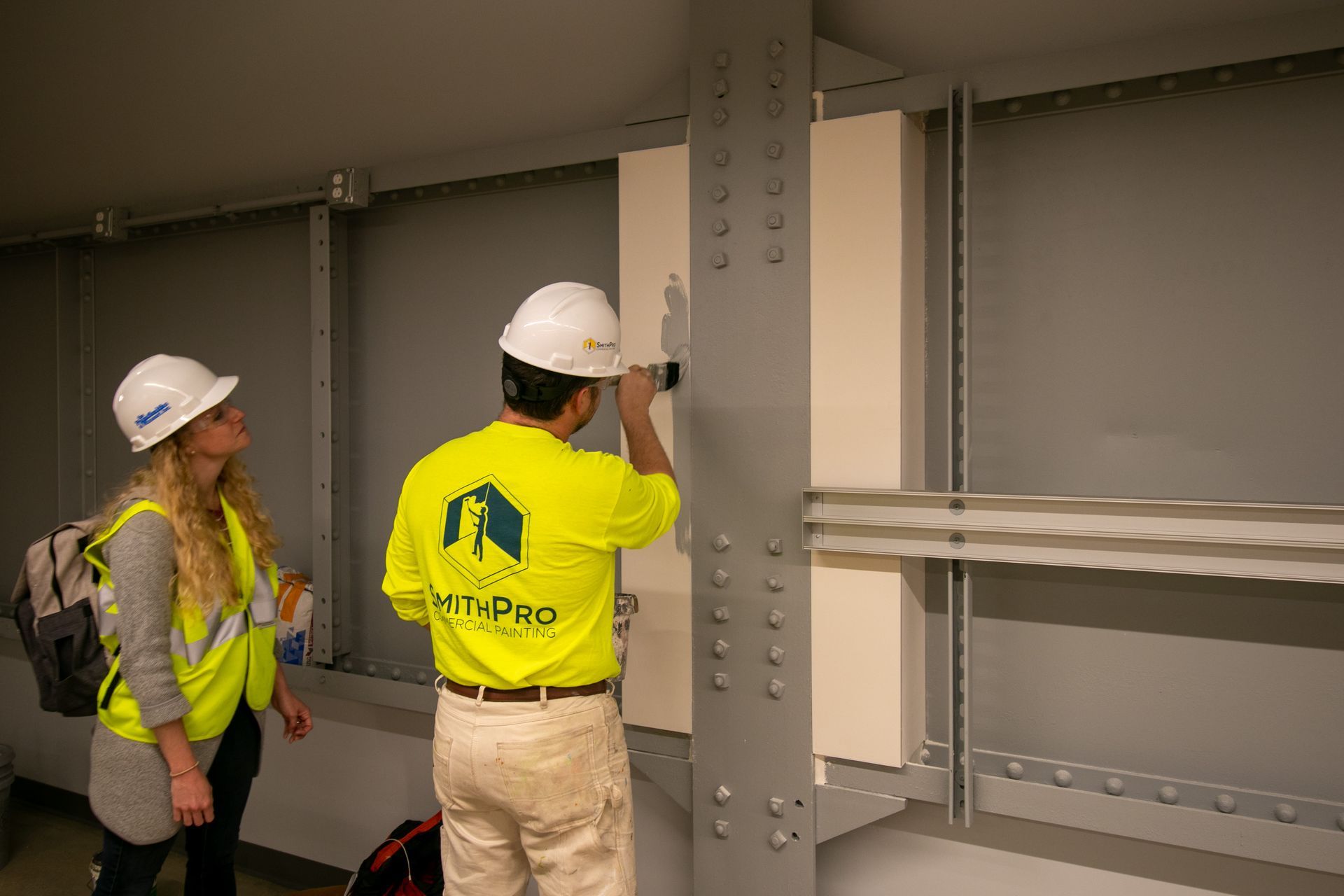
Work With SmithPro Painting
Painting a new commercial build is a unique opportunity to showcase your craftsmanship, professionalism, and ability to work as part of a larger team.
With the proper planning, communication, and technical know-how, your team can turn a blank canvas into a finished space that meets the client's vision and stands the test of time.
At SmithPro Commercial Painting, we're committed to helping businesses achieve their goals and create spaces safely. Our competitive pricing and high-quality craftsmanship set us apart and sustain our commitment to excellence.
Contact us today to learn more about our professional painting services and how we can help bring your vision to life.




